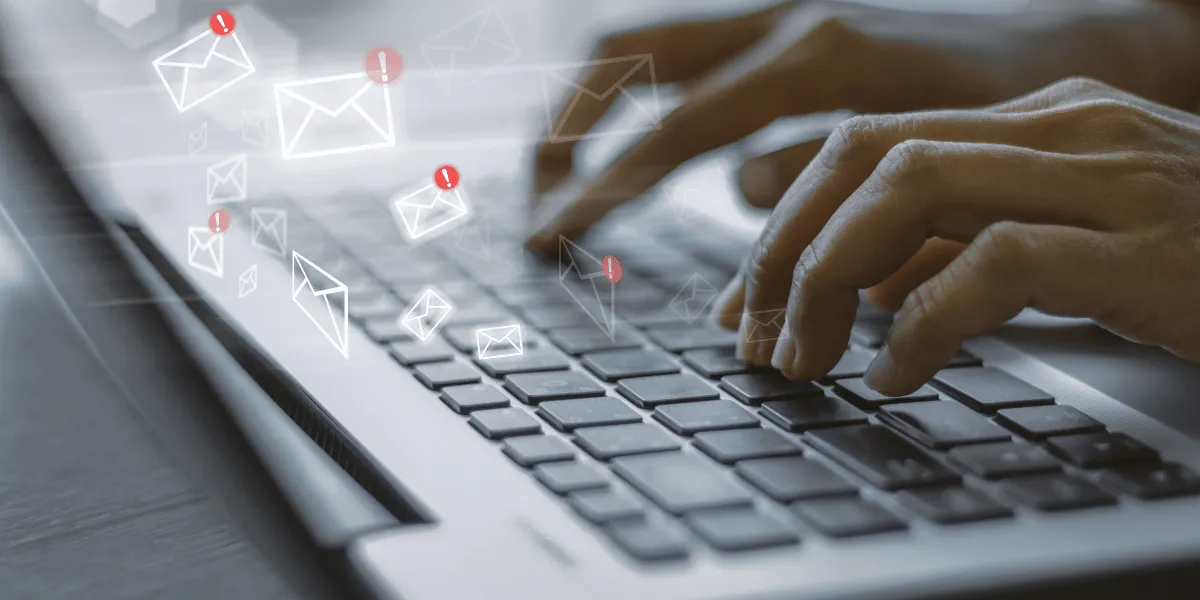In today's digital age, email has become a ubiquitous form of communication, and with so many messages flooding our inboxes every day, it's more important than ever to make a good impression from the very beginning. Your email introduction is the first thing your recipient sees, and it sets the tone for the rest of your message. In this article, we'll discuss what makes a good email introduction and provide tips for crafting an effective one.
Know Your Audience
The first step in crafting a good email introduction is to understand your audience. Who are you writing to, and what is your relationship with them? Are you reaching out to a potential client, a colleague, or someone you've never met before? Your introduction should be tailored to the specific recipient and their interests, needs, and expectations.
Keep it Brief
When it comes to email introductions, less is more. Your recipient is likely receiving dozens or even hundreds of emails every day, and they don't have time to read through lengthy introductions. Keep your introduction brief and to the point, focusing on the most important details and avoiding unnecessary fluff.
Get Personal
While brevity is important, you also want to establish a personal connection with your recipient. Use their name in the greeting and mention something specific that you know about them or their work. This shows that you've done your research and are genuinely interested in their perspective.
Use a Professional Tone
Even if you have a close personal relationship with your recipient, it's important to maintain a professional tone in your email introduction. Avoid using slang or overly casual language, and make sure your grammar and spelling are correct.
Include a Clear Call-to-Action
Finally, a good email introduction should include a clear call to action. What do you want your recipient to do next? Whether it's scheduling a meeting, responding to a question, or simply acknowledging your message, make sure your recipient knows what's expected of them.
Follow-Up
After sending your email introduction, it's important to follow up if you don't receive a response within a reasonable timeframe. This shows that you're committed to the relationship and that you value the recipient's time and attention.
In summary, a good email introduction is brief, personal, and professional, and includes a clear call to action. By understanding your audience, tailoring your message to their needs and interests, and following up when necessary, you can make a strong first impression and establish a successful long-term relationship. So, next time you're crafting an email introduction, keep these tips in mind to make it a memorable one.





.jpg)

.jpg)
